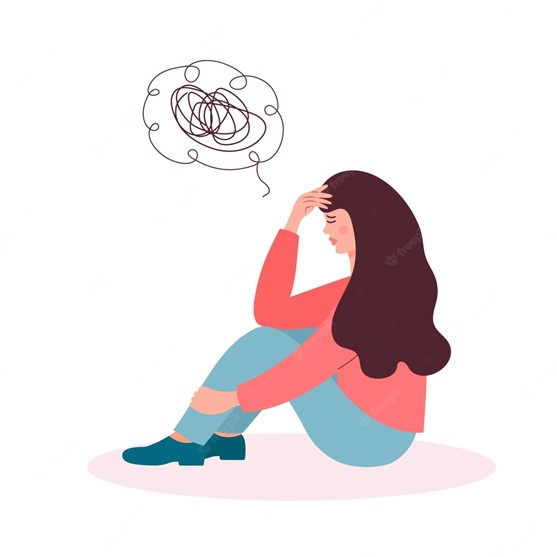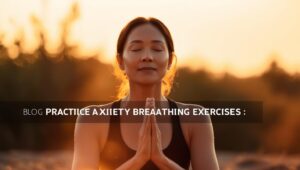Postpartum depression relaxation techniques

Postpartum depression is a very real and serious issue, but it doesn’t have to be all doom and gloom. There are many relaxation techniques that can be used to help manage the symptoms of postpartum depression and improve overall mental health. From deep breathing and meditation to yoga and mindful walking, there are a variety of techniques that can be used to help reduce stress and anxiety, improve mood, and help you re-connect with yourself. So if you’re looking for ways to cope with postpartum depression, read on to learn more about how relaxation techniques can help.
What is Postpartum Depression?
Postpartum depression (PPD) is a type of depression that affects new mothers after they give birth, typically in the first 12 months. Symptoms of PPD can include feelings of sadness, anxiety, hopelessness, mood swings, fatigue, and difficulty bonding with the baby. PPD can be difficult to diagnose and many women may go undiagnosed, so it’s important to seek help if you think you may be suffering from PPD.
Benefits of Relaxation Techniques
Relaxation techniques can be a great way to help manage the symptoms of postpartum depression. Relaxation techniques can help to reduce stress and anxiety, improve mood, and increase feelings of wellbeing. In addition, relaxation techniques can help you to focus on the present moment and gain a greater sense of awareness and control over your thoughts and feelings.
Different Types of Relaxation Techniques
There are many different types of relaxation techniques that can be used to help manage the symptoms of PPD. Some of the most popular relaxation techniques include deep breathing, meditation, mindful walking, yoga, and progressive muscle relaxation. Let’s take a look at each of these in more detail.
Deep Breathing
Deep breathing is a simple and effective relaxation technique that can be used to help reduce stress and anxiety. To practice deep breathing, take a slow, deep breath in through your nose and exhale through your mouth. Focus on your breathing and try to clear your mind. Allow yourself to relax and notice how your body feels.
Meditation
Meditation is another popular relaxation technique that can be used to help manage postpartum depression. Meditation involves focusing on your breath and allowing your thoughts to come and go without judgment. It can help to reduce stress and improve mood. Try setting aside a few minutes each day to practice meditation.
Mindful Walking
Mindful walking is a great way to reconnect with yourself and the world around you. When you walk, focus on your breath and the sensation of your feet on the ground. Notice the sights, sounds, and smells around you. Allow yourself to be present in the moment.
Yoga
Yoga is a great way to reduce stress and improve mood. It involves stretching, breathing, and meditation. There are many different types of yoga, so you can find the one that’s right for you. Try to find a class or a video that you can do at home.
Progressive Muscle Relaxation
Progressive muscle relaxation (PMR) is a relaxation technique that involves tensing and relaxing different muscle groups. This can help to reduce tension and promote a sense of relaxation. To practice PMR, start by tensing and relaxing your feet, then move up your body, tensing and relaxing each muscle group.
Conclusion
Relaxation techniques can be a great way to help manage the symptoms of postpartum depression. From deep breathing and meditation to yoga and mindful walking, there are a variety of techniques that can be used to help reduce stress and anxiety, improve mood, and help you re-connect with yourself. So if you’re looking for ways to cope with postpartum depression, give relaxation techniques.




